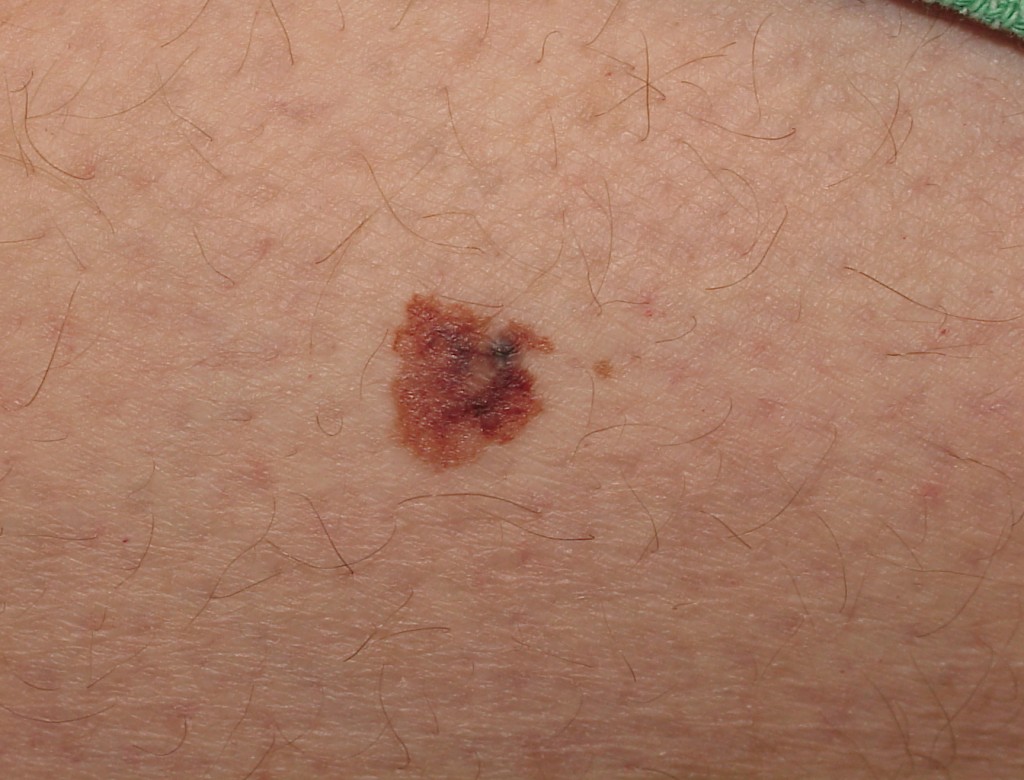Malignant Melanoma Treatment
Melanoma is a type of cancer that begins in the skin. It is completely curable when it is detected early, but can be fatal if left untreated, allowing it to spread. Cancer is a condition where one type of cell grows in a disorganized fashion, disruption and replacing normal tissues and their functions. Melanoma is a cancer of the pigment producing cells called melanocytes. Normal melanocytes are responsible for producing the brown pigment, melanin, which is responsible for the color of our skin. Melanoma occurs when melanocytes become cancerous and invade other tissues.
What causes Melanoma?
We are not certain how all cases of melanoma develop, excessive sun exposure, especially severe blistering sunburns during childhood are known to promote melanoma development. Ultraviolet radiation used in indoor tanning equipment can also cause melanoma. Fair skinned, sun sensitive people as well as people with a multitude of moles are at a greater risk of developing melanoma. Also people with many moles are at a greater risk of developing melanoma. Melanoma does run in families, if a first degree blood relative has had melanoma, than you are at an increased risk. Periodic, routine examinations with your dermatologist are highly recommended and are very beneficial in early detection of melanoma.
Recognizing the early warning signs of melanoma is very important. Remember the ABCD&E of melanoma when examining your moles.
A stands for ASYMMETRY; meaning one half of the mole does not match the other half.
B stands for BORDER; the border or edges of the mole are ragged, blurred or irregular.
C stands for COLOR; the color of the mole is not the same throughout or it has shades of tan, brown, black, red, white or blue.
D stands for DIAMETER; while melanomas are usually greater than 6mm (about the size of a pencil eraser), they can be smaller.
E stands for EVOLVING; any changes noted, size, shape, color, bleeding or itching.
Treatment for Melanoma:
The best treatment is early detection. Scheduling an appointment with your dermatologist yearly for a skin check is highly recommended. Initially a biopsy of the suspicious lesion is performed. If the biopsy proves that the lesion is in fact melanoma, the depth of the lesion is reviewed, which will help to determine which treatment is best. Treatment begins with the surgical removal of the melanoma as well as some normal surrounding tissue. Removal of the normal tissue is done to ensure that no melanoma is remaining. After the melanoma is completely removed, close follow up every three months is required to monitor for any signs related to melanoma. Full body exams are performed every six months for the first two years and then yearly thereafter.
Call today to schedule an appointment with Dr. Scott Friedman in order for them to assess your condition and determine which treatment would best benefit you.
